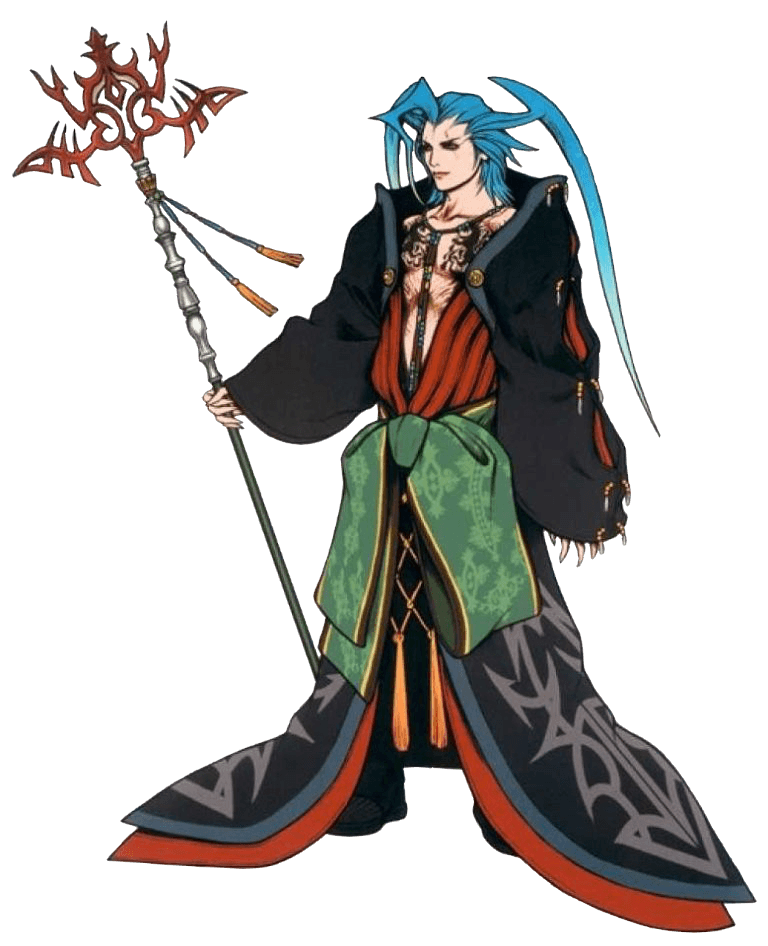

‘War against subhumans: comparisons between the German War against the Soviet Union and the American war against Japan, 1941-1945.’ Historian. Perilous Memories: The Asia Pacific War(s). In Fujitani, T., White, Geoffrey, and Yoneyama, Lisa. White, Geoffrey ’Moving History: the Pearl Harbor films’. Why was the Pearl Harbor exhibit such an important marker of nationalist identity for both Japan and the United States? How important is the present in reconstructing images of the past for public consumption? QUESTIONS: How was the propaganda war fought between the US and Japan, and how has this propaganda of demonized images influenced contemporary representation of Japan in film? Consider in particular the two films above. ‘Wolves and Tigers: Remembering the Kumejima Massacres.’ In Identity and Resistance in Okinawa. How do such films as BG and GF reconcile themselves with Japan as either a ‘victim’ or a ‘victimiser’ in World War 2?Īllen, Matthew. QUESTIONS: How have memories of World War 2 been located in Japanese popular culture? Consider the messages of Barefoot Gen and Grave of the Fireflies, and compare these with official discourse of the war. LECTURE: World War 2 and the place of the domestic self in Japanese popular discourse PART 4: WAR AND MEMORY IN POPULAR CULTURE Experiencing Contemporary Japanese Animation. In Anime: from Akira to Princess Mononoke. ‘The Enchantment of Estrangement: the shoujo in the world of Miyazaki Hayao.’ (121-138). Hayao Miyazaki: Master of Japanese Animation. ‘Spirited Away’ Breaks Record of another Japanese Animation.’ Asian Economic News.
Yojimbo pathfinder movie#
‘Japanese Animated Movie ‘Spirited Away’ Big Hit in South Korea.’ Asian Economic News. ‘Flying with Ghibli: the animation of Hayao Miyazaki and company.’ In Anime Explosion: The What? Why? and Wow! of Japanese Animation. QUESTIONS: What differentiates the new wave of Japanese anime from earlier, televised series? Consider in particular the work of Miyazaki, and assess why his works have become critical and popular successes overseas.ĭrazen, Patrick. Howl’s Moving Castle, Princess Mononoke (excerpts) LECTURE: Foregrounding ‘Japaneseness’ in new wave anime: Ghibli and Miyazaki Hayao ‘Astro Boy was born on April 7, 2003.’ Japan Echo, August 2003. ‘How Kimba Came to Be’ Fanta’s Zine, Issue 6, 1991. ‘Japanese Culture and Popular Consciousness: Disney’s The Lion King vs. QUESTIONS: How was Tezuka influential in Japanese manga and anime production? How did the Lion King controversy reflect issues concerning the location of Japanese manga/anime within US pop culture? LECTURE: Early manga and anime in Japan: Tezuka Osamu and The Lion King controversy Lebra (eds) Japanese Culture and Behaviour: selected readings, University of Hawaii Press, 1974. Nakane Chie ‘Criteria of group formation.’ In T. Mutsuko Murakami ‘A Mundane Exit for a Man Who Mocked Convention’ Asiaweek Magazine, Jan 9, 1998. In Reading a Japanese Film: Cinema in Context. ‘Satire on Contemporary Japan: Juzo Itami’s Taxing Woman’. QUESTIONS: What values of 1980s Japanese society was Itami lampooning? How effective is Itami’s parody of women and crime in prompting viewers to ask deeper questions about Japanese society and culture? How do we reconcile Itami’s views of Japanese society with Nakane’s? In Kurosawa: Film Studies and Japanese Cinema, Duke Uni Press 2000. In Noletti and Desser (eds) Reframing Japanese Cinema: Author, Genre, History, Indiana Uni 1992. ‘Toward a Structural Analysis of the Postwar Samurai Film’. ‘Yojimbo’ (review article) NY Times Review. ‘A Fistful of Dollars’ (review article) Ĭrowther, Bosley. QUESTIONS: How did Kurosawa’s work influence the work of other directors in Japan and overseas? Why was his work influential?īerardinelli, James. LECTURE: Serious essentialism: Kurosawa Akira and the subsequent rise of the Spaghetti Western Introductions, distribute readers, allocate TUTORIAL assignments, explain nature of TUTORIALs and assessment criteria. LECTURE: From the shogunate to the modern nation In Allen and Sakamoto (eds) Popular Culture, Globalization and Japan.

‘Inside-Out Japan? Popular culture and globalization in the context of Japan’.

LECTURE: Historically locating the subject: ‘Japan’ as a research topic LECTURE: Introduction: Japan, globalization & popular culture: definitions, orientation of the course, course requirements, handouts, website etc. PART 1: A BRIEF INTRODUCTION TO JAPANESE HISTORY


 0 kommentar(er)
0 kommentar(er)
